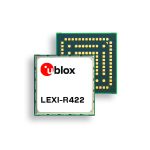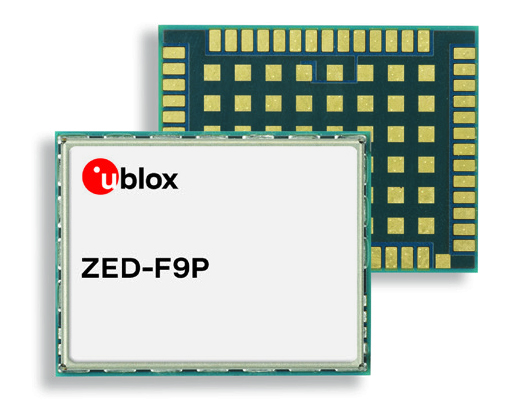In early 2023, new explorer kits that provide centimeter-level positioning accuracy will be available from u-blox, allowing engineers to design and evaluate products that require such capabilities quickly and easily.
The ready-to-use XPLR-HPG-1 and XPLR-HPG-2 solutions will feature an open MCU, high-precision GNSS (HPG) positioning with real-time kinematic (RTK), dead reckoning, cellular, Wi-Fi and Bluetooth communications, and the necessary antennas, according to a news release. The kits are designed to integrate with complementary u-blox services, including the PointPerfect GNSS augmentation service and the ubxlib software component.
Engineers working in areas such as micromobility and low-speed robotics can use the kits to build, test and demonstrate early-stage proofs of concept faster, helping to support a quicker time-to-market.
The modular XPLR-HPG-1 kit will be based around the wireless MCU in the u-blox NORA-W106. Engineers will have the flexibility to adjust the solutions using MIKROE Click boards™ that feature various u-blox modules.
The kit will include three Click boards™, which incorporate the ZED-F9R high-precision RTK GNSS module, the LARA-R6001D LTE Cat 1 module (global coverage and with built-in MQTT client), and the NEO-D9S L-band correction data receiver module, respectively. Engineers can purchase others if needed. The kit’s source code will include example software for the Espressif IoT Development Framework (ESP-IDF), based on ubxlib software components.
The compact XPLR-HPG-2 incorporates the ZED-F9R high-precision RTK GNSS, LARA-R6001D LTE Cat 1 with global coverage and built-in MQTT client and NEO-D9S L-band correction data receiver modules, along with the NINA-W106.
With these solutions, designers can achieve centimeter-level positioning in a variety of scenarios. The GNSS receiver provides an initial position reading that is refined using correction data from the PointPerfect service, delivered using L-band satellite signals, as well as cellular and/or Wi-Fi communication.
“Centimeter-level positioning accuracy is becoming increasingly important for both consumer and industrial applications,” u-blox Senior Principal Product Strategy, Product Strategy Short Range Radio Pelle Svensson said, according to the release. “It relies on getting GNSS technology working hand-in-hand with wireless communication capabilities, to link in with augmentation data services such as PointPerfect. Our aim with these new kits is to make the process as simple as possible for design engineers, by providing all the key technologies and services in one place. This will enable them to create rapid proofs of concept of their solutions, and ultimately get the finished product into customers’ hands more quickly.”






